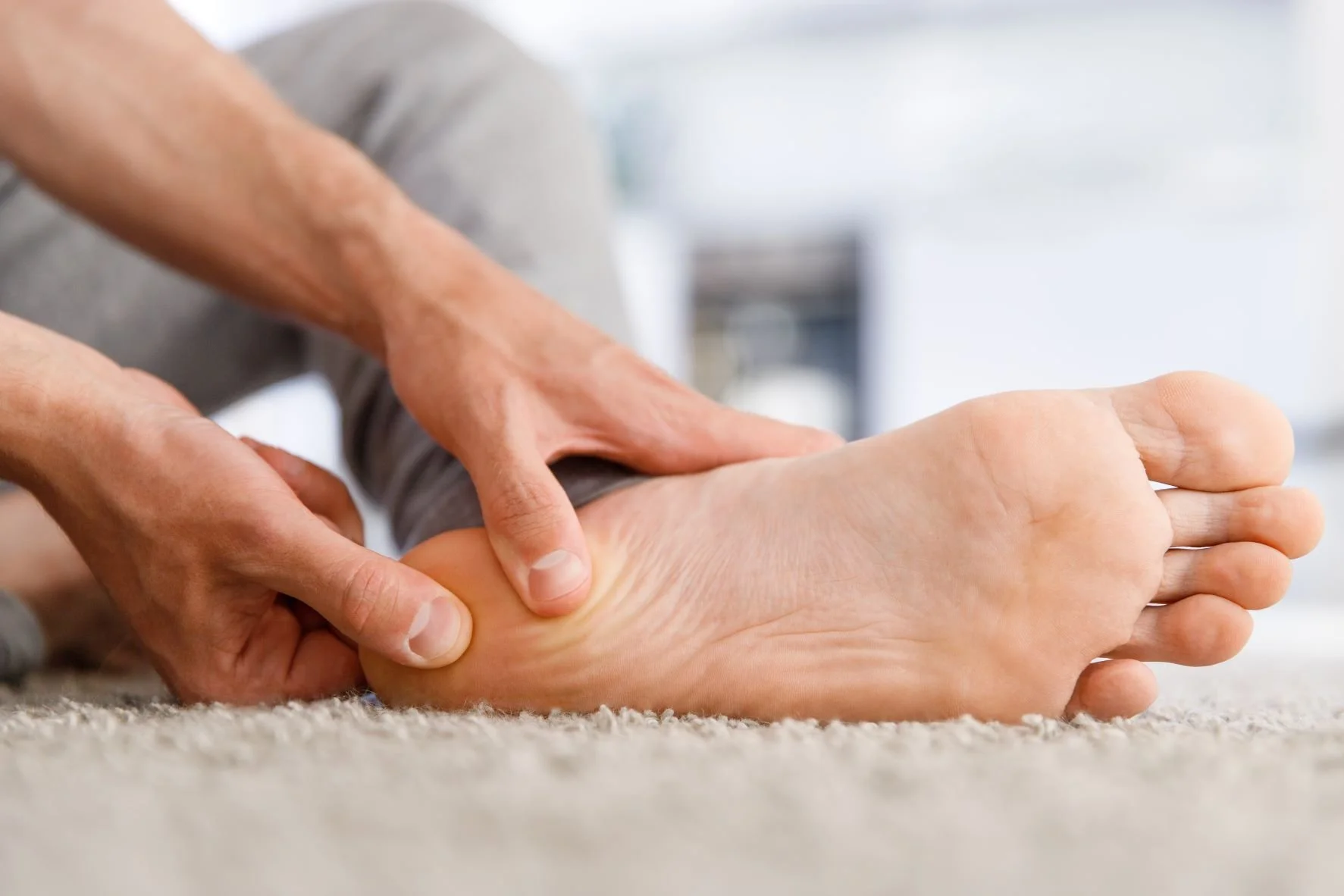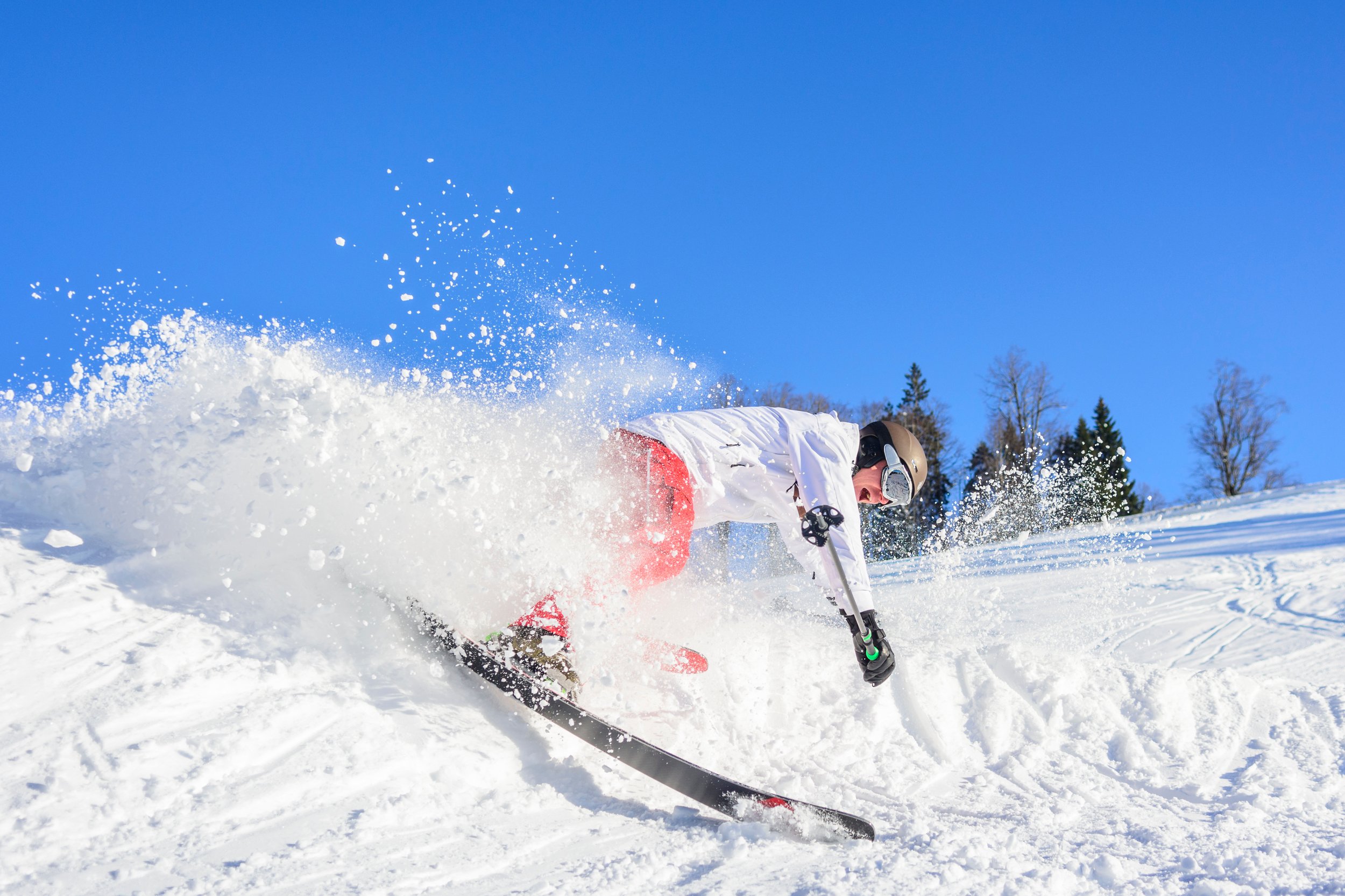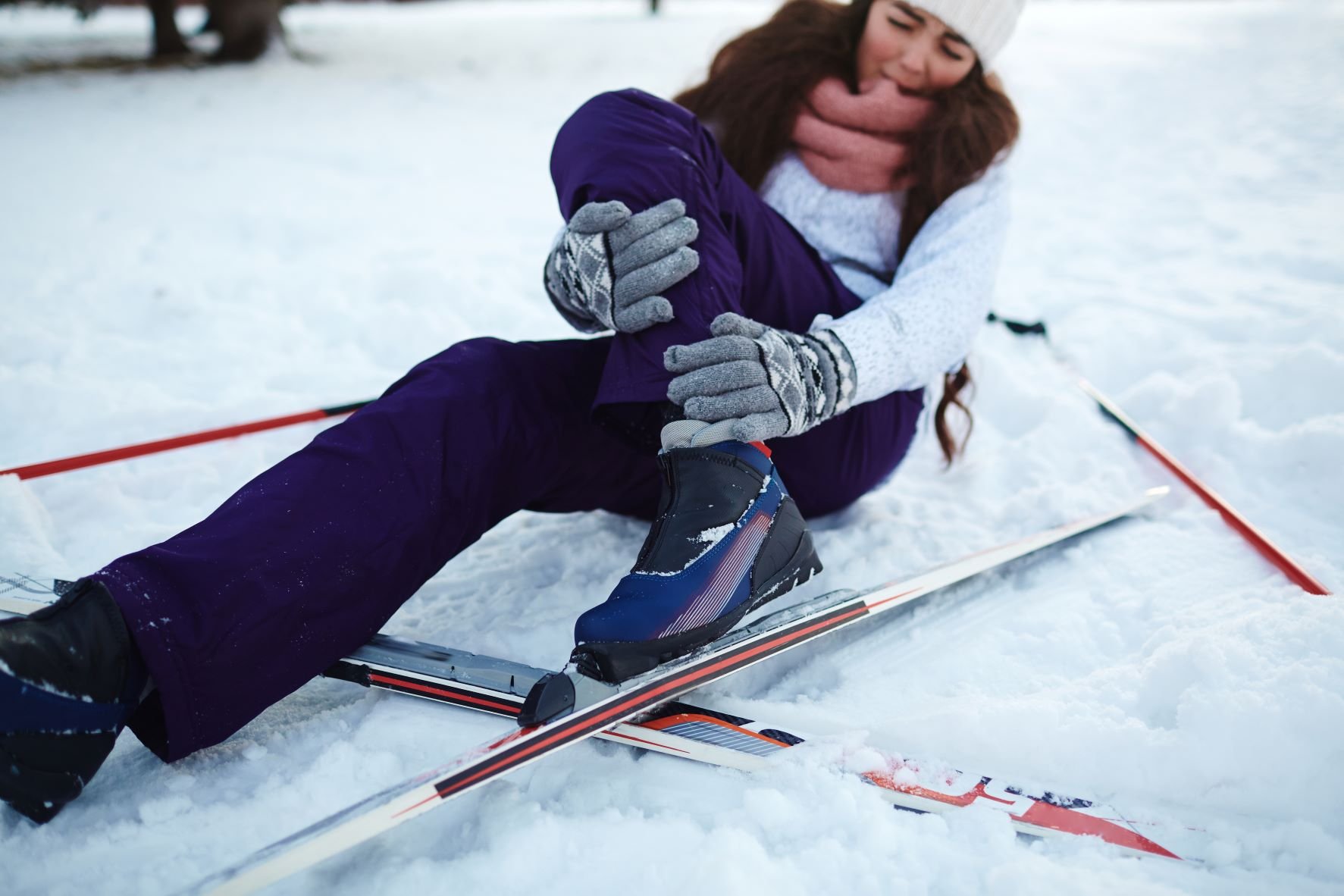Foot injuries can sideline even the most elite athletes—but with expert care, surgery, and sheer determination, many have made impressive comebacks. Dr. John Paul Elton, a board-certified foot and ankle specialist at Vail-Summit Orthopaedics & Neurosurgery, shares five remarkable stories of athletes who beat the odds and returned to peak performance after foot surgery.
Read MoreAn Achilles tendon rupture is one of the most feared injuries in sports, often requiring extensive rehabilitation and sometimes ending careers. However, some athletes have defied the odds, making incredible comebacks to compete at the highest level. Dr. John Paul Elton, a leading foot and ankle specialist at Vail-Summit Orthopaedics & Neurosurgery, highlights five inspiring stories of athletes who overcame Achilles tendon ruptures.
Read MoreAnkle injuries can be a major setback, especially for athletes who rely on their agility and strength. However, with the right treatment and dedication, many athletes have not only recovered but also returned stronger than ever. Dr. John Paul Elton, a leading foot and ankle specialist at Vail-Summit Orthopaedics & Neurosurgery, highlights five inspiring stories of athletes who triumphed over ankle injuries.
Read MoreWhen you experience an ankle injury, it can be difficult to determine whether it’s an ankle sprain or an ankle fracture. Understanding the differences between these injuries is crucial for proper treatment and recovery. Dr. John Paul Elton, a leading foot and ankle specialist at Vail-Summit Orthopaedics & Neurosurgery, shares insights into recognizing and managing these common conditions.
Read MoreThe crisp mountain air and fresh powder are calling, but before you hit the slopes, it’s essential to prepare your feet and ankles for the challenges of skiing. Dr. John Paul Elton, a leading foot and ankle specialist at Vail-Summit Orthopaedics & Neurosurgery, provides valuable tips on exercises and stretches to reduce the risk of common foot and ankle injuries like an ankle sprain skiing. By strengthening your feet and focusing on flexibility, you can minimize discomfort such as when the bottom of feet hurt skiing or your arches hurt in ski boots.
Read MoreWinter sports bring exhilarating experiences, but they also come with the risk of specific injuries, especially for cross-country skiers. Nordic skiing demands endurance, precision, and balance, placing unique strains on the feet and ankles. Dr. John Paul Elton, a renowned foot and ankle specialist at Vail-Summit Orthopaedics & Neurosurgery (VSON), shares his insights into the most common injuries faced by cross-country skiers and tips on preventing and managing them for a safe and enjoyable season.
Read MoreFlat feet, also known as pes planus, happens when the arches of the feet collapse, causing the entire sole of the foot to make contact with the ground. While some people naturally have flat feet, others develop the condition over time due to injury, aging, or underlying health issues.
Read MoreWhen facing severe ankle arthritis or significant damage, two primary surgical options may be considered: ankle replacement or ankle fusion. Both procedures aim to alleviate pain and restore function, but the right choice depends on various factors, including your age, activity level, and the presence of other foot conditions.
Read MoreMorton's neuroma occurs when the tissue around one of the nerves leading to your toes thickens, causing pain, tingling, or numbness in the ball of your foot. "Morton's neuroma often develops due to irritation, injury, or pressure on the nerve," says Dr. Elton. "Activities that add stress to the foot can make Morton’s neuroma worse."
Read MoreSever's Disease is an inflammation of the growth plate in the heel of growing children. This condition is most prevalent during growth spurts when bones, muscles, tendons, and other structures are changing rapidly. It typically affects children aged 8 to 14 years and is a leading cause of severs heel pain in this age group.
Read MorePickleball is a fantastic sport for all ages, but it's essential to be mindful of your foot and ankle health. By taking the right precautions and seeking timely treatment, you can enjoy the game while minimizing the risk of injury.
Read MoreHeel pain is often attributed to either heel spurs or plantar fasciitis. Heel spurs themselves rarely cause discomfort. However, they may develop as a result of plantar fasciitis, which is usually the root cause of the pain.
Read MoreWatch as Dr. Elton shares his expertise on foot and ankle injuries during the ski season and answers commonly asked questions in Vail Valley Live's "Ask the Doctor" series.
Read MoreDoes your ankle feel unstable or like it might give out? Is it prone to rolling or twisting outwards during sports or even simple activities like walking? Have you had previous ankle sprains or injuries? If yes, you might be dealing with chronic ankle instability.
The Achilles tendon is a strong band of tissue connecting the calf muscle to the heel bone. It plays a vital role in helping us walk, run, and jump – allowing us to push off the ground with our feet. If the tendon is overstretched beyond its limit or suddenly subjected to too much force, it can be partially or completely torn or ruptured.
Here are the most popular foot and ankle blog posts of 2022 that you might have missed!
Read MoreA boot top fracture is one of the more severe ski injuries, occurring when the two bones in the lower leg break at the very top of the ski boot. Here we’ll take a closer look at how this fracture occurs, plus the most common treatment options.
Read MoreHammertoe surgery isn’t usually the first or only way to treat hammertoe, but it is a highly successful procedure that can correct the deformity and relieve pain when other methods have been ineffective. Here's when hammertoe surgery is recommended, the different types of surgical procedures, and what the recovery process looks like.
All ankle fractures need proper care. Some fractures can heal fully with a cast or boot, while others may need to be surgically repaired. Here are several factors that Dr. Elton will consider when determining whether surgery is the best course of treatment.
Read MoreExtensor tendonitis is a condition that occurs when the tendons that run along the top of your foot and help you lift your toes become inflamed. This injury most often occurs from excessive use without adequate rest or recovery time, leading to pain and swelling.
Read More


















